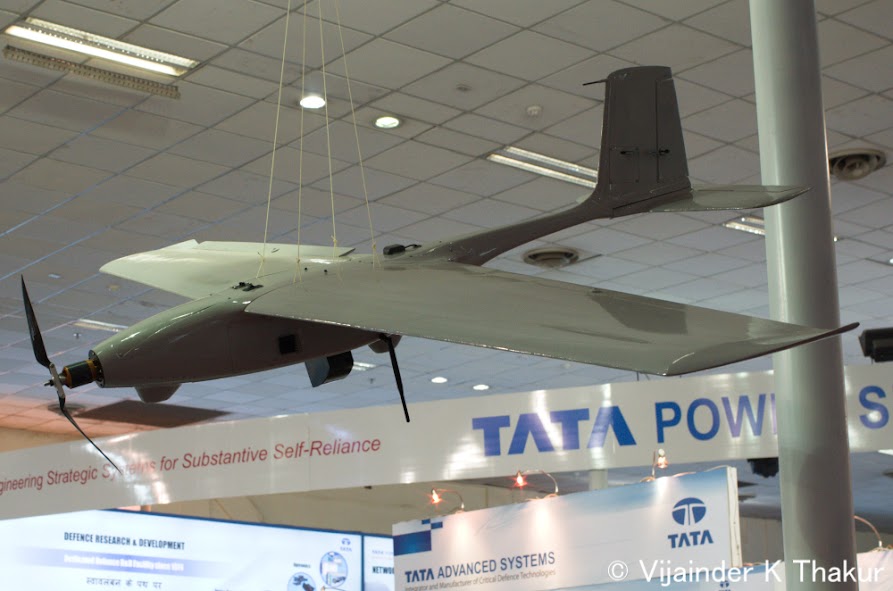kurup
ELITE MEMBER

- Joined
- Jun 10, 2012
- Messages
- 10,563
- Reaction score
- -2
- Country
- Location
What dont we use Scramjet propulsion in Astra missile??
Because we have not even conducted a real world scramjet test let alone master it .
Follow along with the video below to see how to install our site as a web app on your home screen.
Note: This feature may not be available in some browsers.

What dont we use Scramjet propulsion in Astra missile??

So what we are we using in Akash missile??Because we have not even conducted a real world scramjet test let alone master it .

So what we are we using in Akash missile??

So what we are we using in Akash missile??

There is a difference bw ramjet and ramjet rocket propulsion??Ramjet .... More accurately Ramjet-rocket propulsion sysytem.
Yeah,ny question is why dont we use the Akash's propulsion technique in Astra that will increse its range.Astra uses solid fuel propulsion,Akash uses Solid Fuel Ramjet

There is a difference bw ramjet and ramjet rocket propulsion??
Akash uses Solid Fuel Ramjet

There is a difference bw ramjet and ramjet rocket propulsion??
I have a doubt whether it's solid fuelled although some sources mentions so
How can a solid fuelled Ramjet engine work ??

But we get to hear about DRDOs 'Liquid Fuel Ramjet (LFRJ)' technology being developed for Supersonic LRSAM...

You are right .... I rechecked ... Solid fuelled Ramjets exist and are said to be even simpler to liquid fuelled ones .












